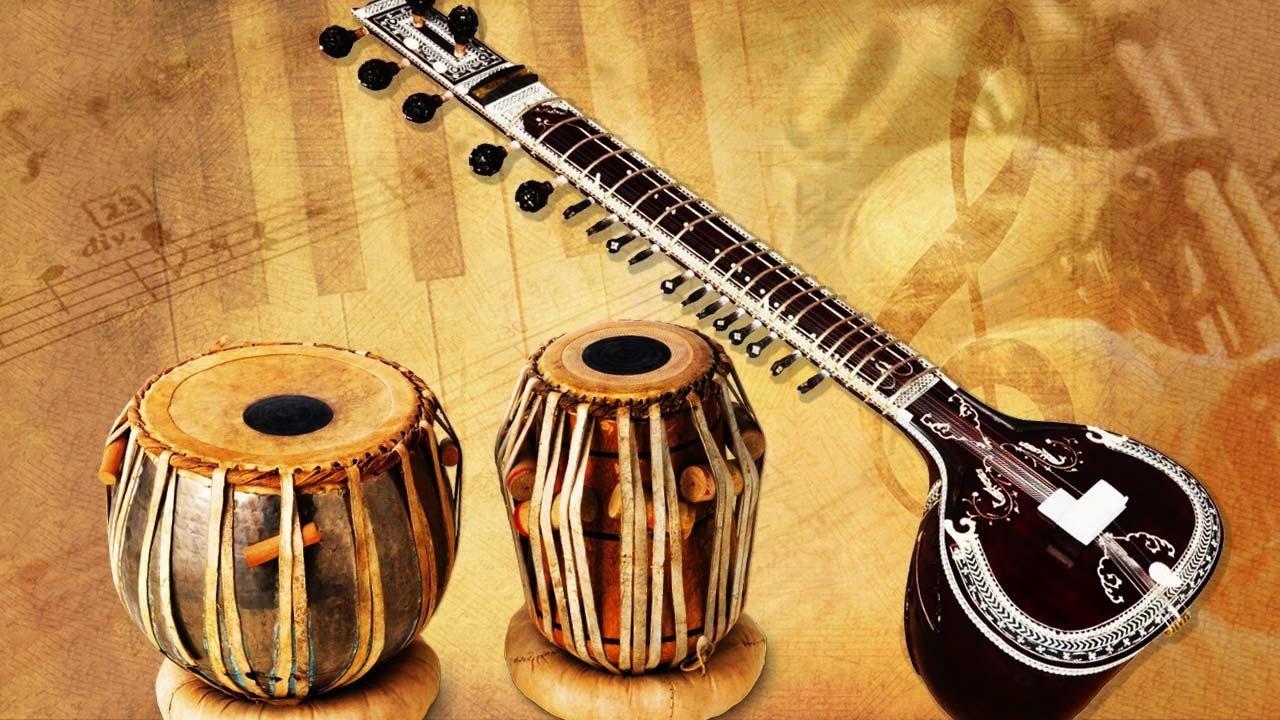The Value of Ragas in Hindustani Music Singing

Are you looking to dive into the world of music learning? What better way to start than exploring the rich tradition of Hindustani music? This genre is renowned for ragas, which form the heart of its popularity and cultural significance.
Nowadays, online Hindustani singing classes offer a flexible way to understand the nuances of its ragas. In this article, we cover the techniques for raga interpretation in this genre. Let’s discover how learning this art form can enhance your singing skills and provide a deeper appreciation for one of the world’s oldest traditions.
The Benefits of Mastering Ragas
Mastering ragas offers numerous benefits for Hindustani singers. Firstly, it significantly enhances their ability to perform with emotional depth and technical precision. Secondly, it broadens their repertoire, allowing them to perform various musical pieces. Finally, a deep understanding fosters a greater appreciation for the cultural and artistic heritage. The following are the additional benefits:
- Improved Vocal Control: Mastering these helps singers develop precise control over their voice.
- Enhanced Listening Skills: This study sharpens a singer’s ability to discern subtle variations in pitch and tone.
- Creative Freedom: Sound knowledge allows singers to improvise confidently within the structure of a composition.
- Cultural Connection: Learning these deepens a singer’s connection to the rich traditions and cultural narratives embedded in Hindustani melody.
- Holistic Development: The discipline and dedication required to master ragas contribute to overall personal growth, including increased patience, focus, and perseverance.
Understanding the Importance of Ragas
Ragas are the cornerstone of Hindustani melody, defining its melodic structure and emotional expression. A raga is a specific arrangement of notes that evokes particular emotions and moods. Each has its distinct personality, often associated with different times of the day or seasons. Thus, ragas are integral to the art of musical storytelling in Hindustani singing.
The Language of Emotion
Imagine a raga as a unique musical language, each possessing its distinct personality. Defined by specific scales and note progressions, these evoke a various emotions in the listener. A serene Yaman might transport you to a peaceful moonlit night. Conversely, a fiery Bhairav could ignite a sense of passion and courage. By mastering it, singers can effectively communicate the intended emotions.
The Role of Notes
These play a pivotal role in making such music sound rich and intricate. They are not merely scales but intricate frameworks that guide the musician’s creativity and improvisation. Singers can explore various emotions and themes by learning and mastering multiple ragas. This ability to convey complex emotions through music makes singing classes valuable.
The Power of Improvisation
Hindustani melody is not just about replicating pre-composed singing. These notes provide a platform for singers to unleash their creativity through improvisation. By understanding the character and framework, vocalists can explore different melodic possibilities within its boundaries. Online singing classes train students to recognise recurring melodic phrases and explore ways to ornament them.
The Art of Communication
Excellence lies not just in their structure but also in their ability to engage the audience. A skilled Hindustani vocalist uses these notes to evoke an emotional response. A well-rendered Yaman can soothe the soul, while a powerful Bhairav can ignite a shared energy. Learning these allows singers to become storytellers, using melody as their language. Online singing sessions refine vocal technique and equip students to communicate deeply with their audience.
Therefore, Ragas are the essence of Hindustani music, providing a rich and expressive framework. By enrolling in online Hindustani singing classes, learners can set off on a rewarding journey to master these intricate melodic frameworks. This knowledge deepens your connection to the art form and its rich cultural heritage.






